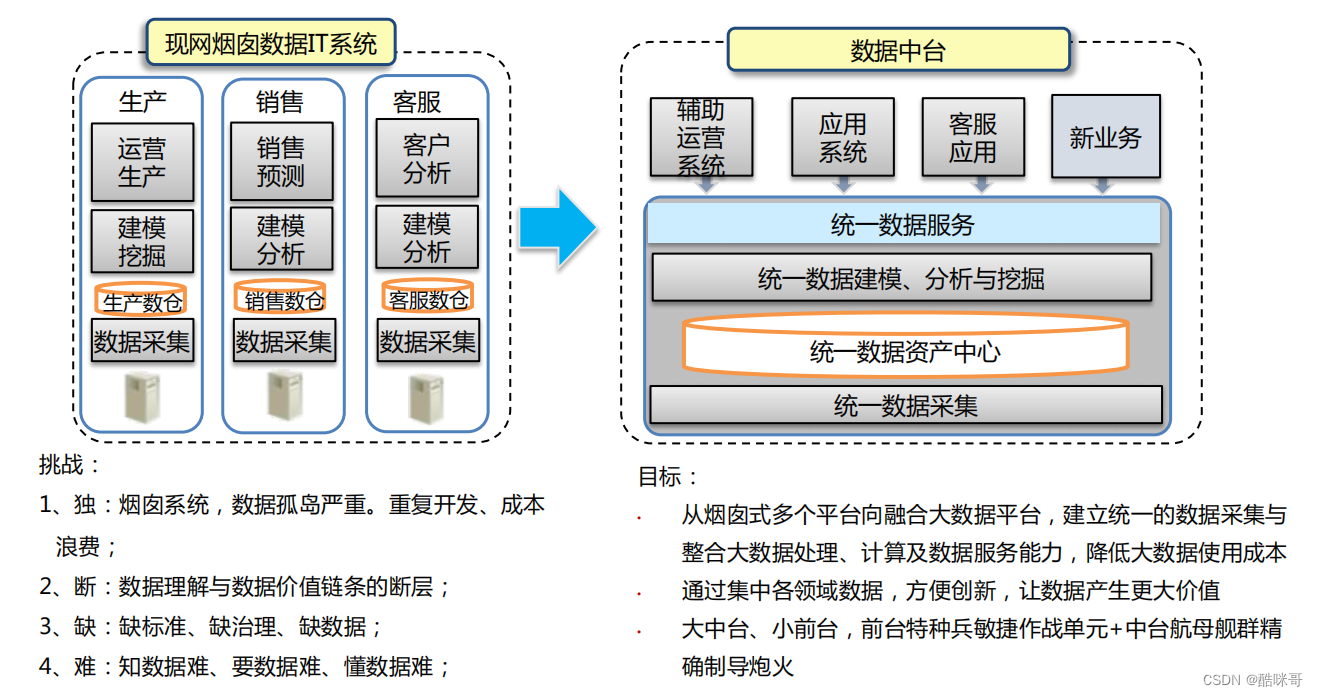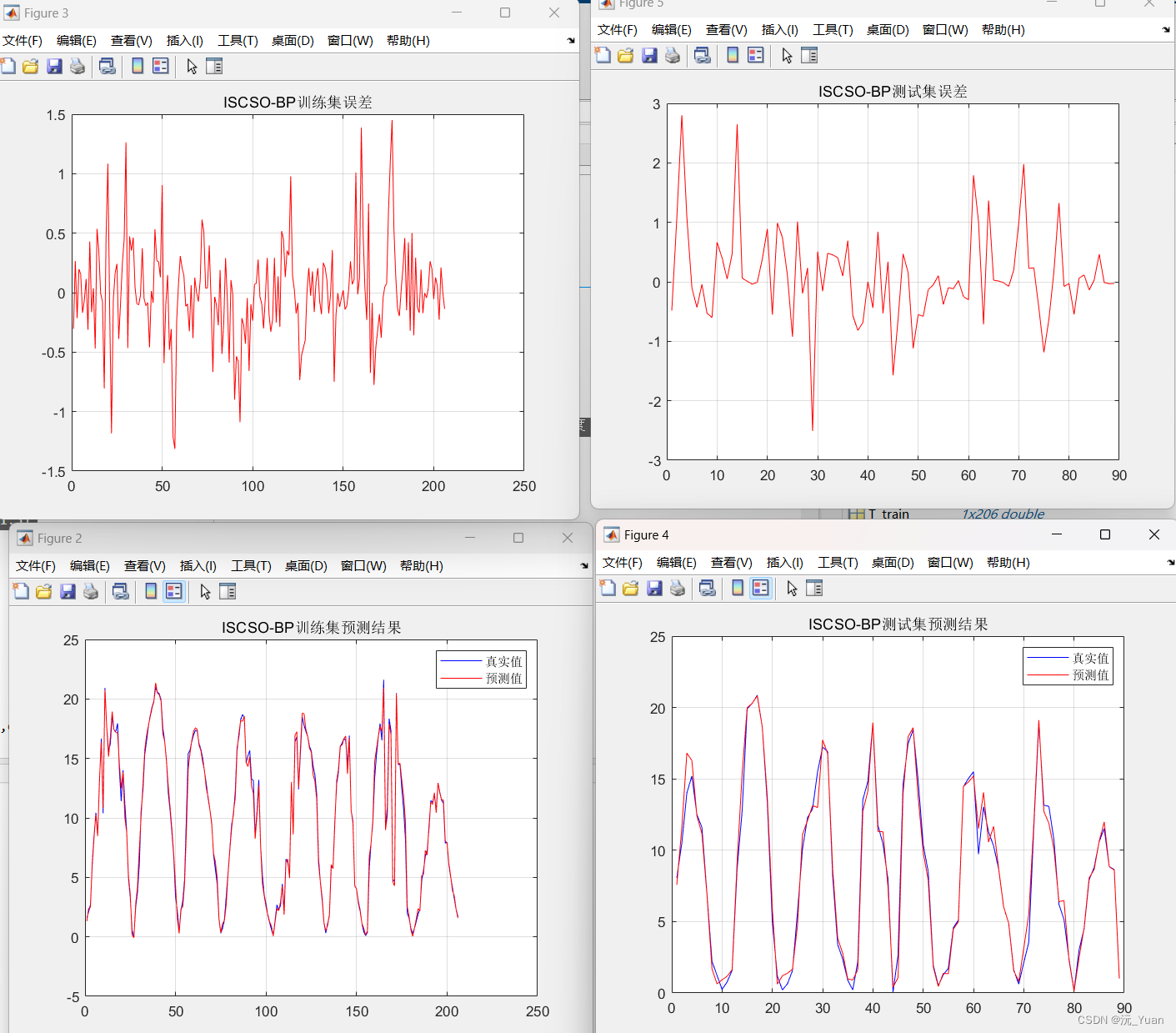文章目录
- 前言
- iPerf 2.0、iPerf 3.0 和 iPerf 3.1 之间的变化
- iPerf 3 用户文档
- iPerf 2.0.6、iPerf 2.0.7 和 iPerf 2.0.8 之间的更改
- iPerf 2 用户文档
- 调整 TCP 连接
- 调整 UDP 连接
- 组 播
- IPv6 模式
- 使用代表性流测量带宽
- 将服务器作为守护程序运行
前言
iPerf - TCP、UDP 和 SCTP 的终极速度测试工具。常用的的网络限制 + 互联网中立性测试工具。被广为认可。
但是国内网站上的iperf使用说明都含糊不清甚至是错的,没办法只能自己手动翻译和搬运了官网上的iperf手册。
iPerf 2.0、iPerf 3.0 和 iPerf 3.1 之间的变化
- iPerf3 当前支持的 iPerf2 功能:
TCP 和 UDP 测试
设置端口 (-p)
设置 TCP 选项:无延迟、MSS 等。
设置 UDP 带宽 (-b)
设置套接字缓冲区大小 (-w)
报告间隔 (-i)
设置 iPerf 缓冲区 (-l)
绑定到特定接口 (-B)
IPv6 测试 (-6)
要传输的字节数 (-n)
测试长度 (-t)
并行流 (-P)
设置 DSCP/TOS 位向量 (-S)
更改数字输出格式 (-f) - iPerf 3.0 的新功能:
动态服务器(客户端/服务器参数交换) – iPerf2 中的大多数服务器选项现在都可以由客户端动态设置
客户端/服务器结果交换
iPerf3 服务器同时接受单个客户端(iPerf2 同时接受多个客户端)
iPerf API (libiperf) – 提供一种使用、自定义和扩展 iPerf 功能的简单方法
-R,反向测试模式 – 服务器发送,客户端接收
-O, --omit N :省略前 n 秒(忽略 TCP 慢启动)
TCP 为 -b, --bandwidth n[KM](IPERF 2 仅为 UDP):将目标带宽设置为 n 位/秒(UDP 默认为 1 Mbit/秒,TCP 无限制)。
-V, --verbose :比以前更详细的输出
-J, --json :JSON 格式的输出
-Z, --zerocopy :使用“零复制”sendfile() 方法发送数据。这使用的 CPU 要少得多。
-T, --title str :在每个输出行前加上此字符串的前缀
-F, --file name : xmit/recv 指定的文件
-A, --affinity n/n,m : 设置 CPU 亲和力(内核编号从 0 - 仅限 Linux 和 FreeBSD)
-k, --blockcount #[KMG] :要传输的块数(数据包)(而不是 -t 或 -n)
-4, --version4 : 仅使用 IPv4
-6, --version6 : 仅使用 IPv6
-L, --flowlabel : 设置 IPv6 流标签(仅限 Linux)
-C, --linux-congestion : 设置拥塞控制算法(仅限 Linux 和 FreeBSD)(iPerf2 中的 -Z)
-d, --debug :发出调试输出。主要(也许是唯一)供开发人员使用。
-s, --server :iPerf2 可以处理多个客户端请求。iPerf3 一次只允许一个 iperf 连接。 - iPerf 3.1 的新功能:
-I, --pidfile 文件写入一个带有进程 ID 的文件,在作为守护程序运行时最有用。
–cport :指定客户端端口。
–sctp 使用 SCTP 而不是 TCP(Linux、FreeBSD 和 Solaris)。
–udp-counters-64bit :支持运行时间非常长的 UDP 测试,这可能会导致计数器溢出
–logfile file :将输出发送到日志文件。 - iPerf3 不支持的 iPerf2 功能:
双向测试 (-d / -r)
从 stdin (-I) 传输的数据
TTL : 生存时间,用于组播 (-T)
排除 C(连接) D(数据) M(组播) S(设置) V(服务器) 报告 (-x)
以逗号分隔值 (-y) 的形式报告
兼容模式允许与旧版本的 iPerf (-C) 一起使用
iPerf 3 用户文档


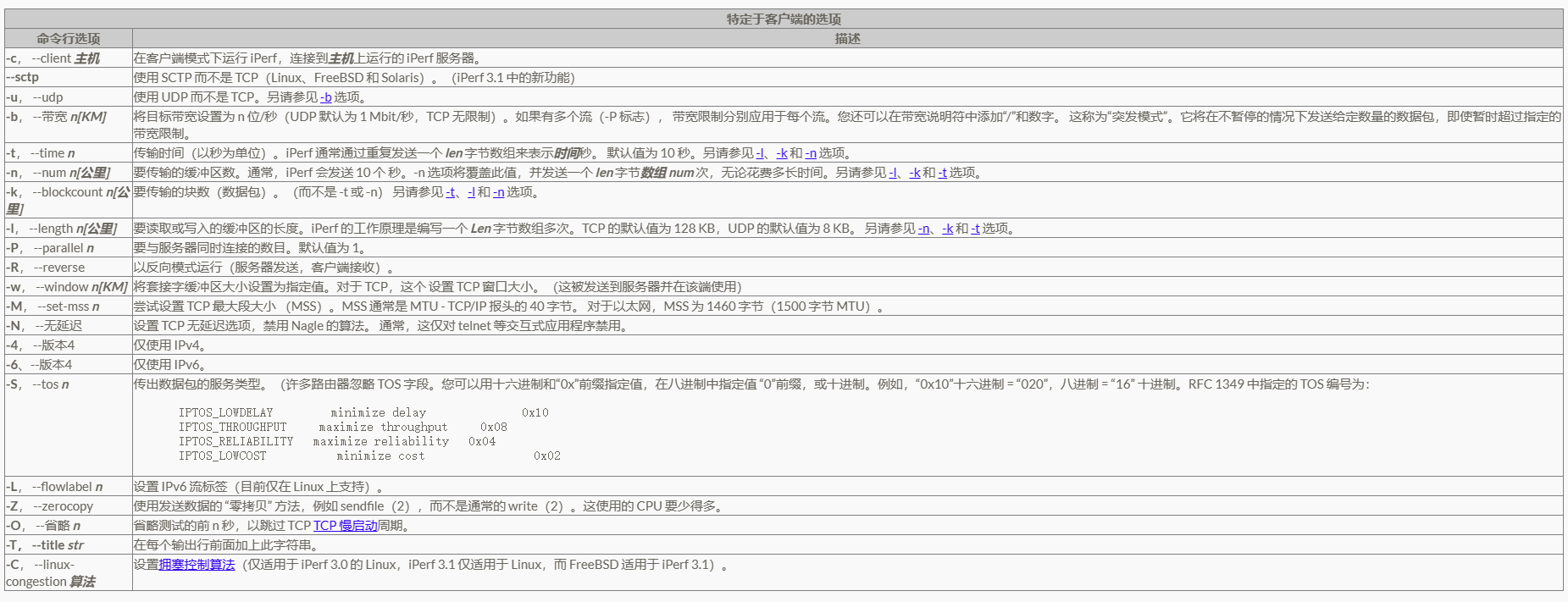
另请参阅 https://github.com/esnet/iperf
iPerf 2.0.6、iPerf 2.0.7 和 iPerf 2.0.8 之间的更改
- 2.0.6 更改集 (rjmcmahon@rjmcmahon.com) 2014 年 3 月:
增加报表标头的共享内存,减少互斥锁争用。需要提高性能。应与平台/操作系统无关的次要代码更改 - 2.0.7 更改集 (rjmcmahon@rjmcmahon.com) 2014 年 8 月:
仅限 Linux 的版本,支持结束/结束延迟(假设时钟同步)
支持更小的报告间隔(5 毫秒或更大)
UDP 的结束/结束延迟(平均值/最小值/最大值),以毫秒为单位显示,分辨率为微秒
套接字读取超时(仅限服务器),因此无论是否未收到数据包,都会发生 iperf 报告
报表时间戳现在显示毫秒分辨率
本地绑定支持使用冒号作为分隔符的端口值 (-B 10.10.10.1:60001)
使用 linux 实时调度程序和数据包级时间戳来提高延迟准确性
建议在客户端和服务器上使用 PTP 将时钟同步到微秒
建议 PTP 大师的质量参考,例如来自 Spectracom 等公司的 GPS 训练振荡器 - 2.0.8 更改集(截至 2015 年 1 月 12 日):
修复可移植性,使用 Linux、Win10、Win7、WinXP、MacOS 和 Android 进行编译和测试
客户端现在需要 UDP 的 -u(不再默认为 UDP 和 -b)
维护旧版报告格式
支持 -e 获取增强的报告
支持使用令牌存储桶的 TCP 速率限制流(通过 -b)
支持每秒数据包数 (UDP) 通过 pps 作为单位,(例如 -b 1000pps)
在客户端和服务器报表 (UDP) 中显示 PPS
支持实时调度程序作为命令行选项(–realtime 或 -z)
改进客户端 tx 代码路径,使实际 tx 报价速率收敛到 -b 值
提高微秒级延迟调用的准确性(以与平台无关的方式)
(使用卡尔曼滤波来预测延迟误差,并根据预测误差调整延迟)
在初始客户端标头 (UDP) 中显示目标循环时间
修复从服务器发送到客户端 (UDP) 的最终延迟报告
在延迟输出中包括标准偏差
抑制不切实际的延迟输出 (-/-/-/-)
支持发送SO_SNDTIMEO,因此套接字写入不会阻止超过 -t (TCP)
如果可用,请使用 clock_gettime(优先于 gettimeofday())
TCP 写入和错误计数(适用于 Linux 的 TCP 重试和 CWND)
TCP 读取计数、TCP 读取直方图(8 个箱)
服务器将在 -t 秒无流量后关闭套接字
另请参阅 https://sourceforge.net/projects/iperf2/
iPerf 2 用户文档
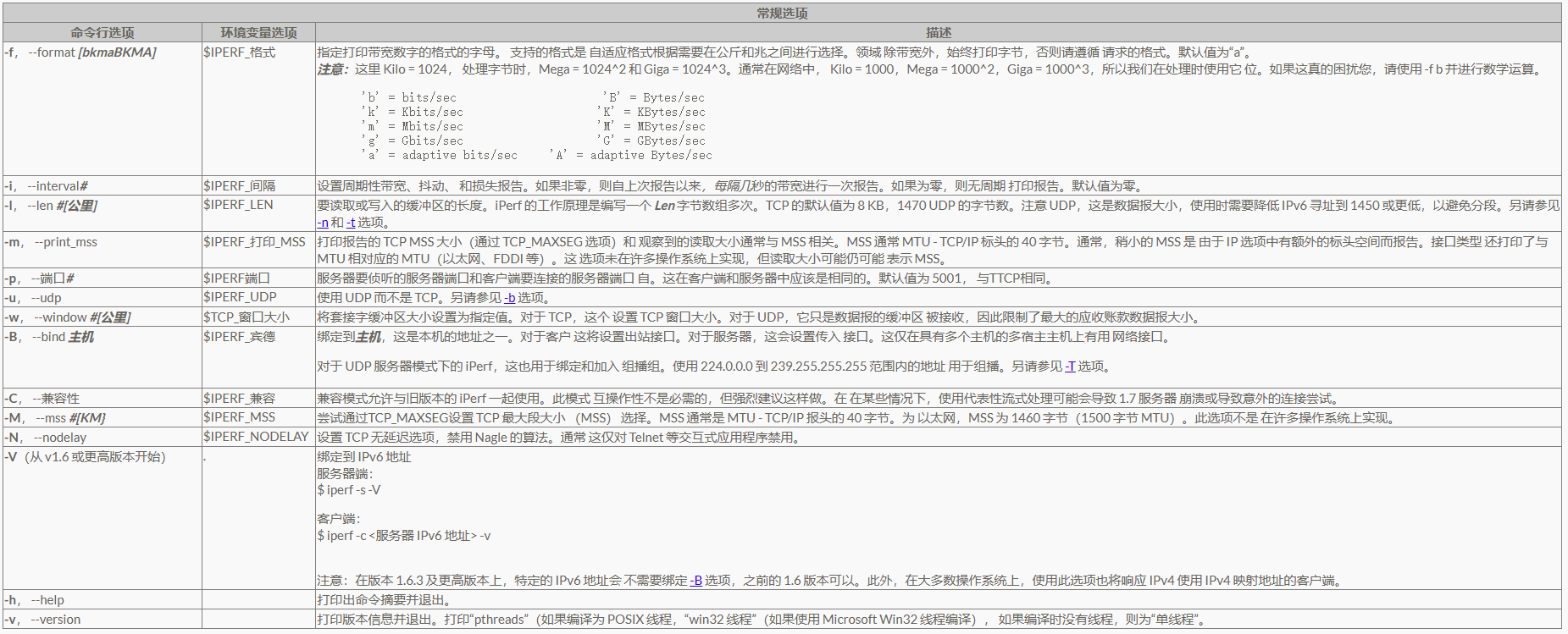


调整 TCP 连接
iPerf 的主要目标是帮助调整特定路径上的 TCP 连接。最 TCP 的基本调整问题是 TCP 窗口大小,它控制网络中任何一点的数据量。 如果它太小,发送方有时会处于空闲状态,性能不佳。用于 TCP窗口大小是带宽延迟乘积,
瓶颈带宽 * 往返时间
在下面的 modi4/cyclops 示例中,瓶颈链路是 45 Mbit/秒的 DS3 链路,使用 ping 测量的往返时间为 42 ms。 带宽延迟乘积为
45 Mbit/秒 * 42 ms
= (45e6) * (42e-3)
= 1890000 位
= 230 KB
这是确定最佳窗口大小的起点;将其设置得更高或更低可能会产生更好的结果。 在我们的示例中,尽管带宽延迟乘积为 230K,但超过 130K 的缓冲区大小并没有提高性能。
请注意,许多操作系统和主机对 TCP 窗口大小有上限。 这些可能低至 64 KB,也可能高达几 MB。iPerf 尝试检测何时发生这些情况,并发出警告,指出实际和请求的窗口大小为 不相等(如下所示,尽管这是由于 IRIX 中的四舍五入)。 有关 TCP 窗口大小的详细信息,请参阅 LaFibre.info。 下面是伊利诺伊州 node1 和北卡罗来纳州 node2 之间的示例会话。它们通过 vBNS 主干网和 45 Mbit/秒 DS3 链路连接。 请注意,我们使用适当的 TCP 窗口大小将带宽性能提高了 3 倍。 在允许以字节粒度设置窗口大小的平台上使用自适应窗口大小功能。
node2> iperf -s
------------------------------------------------------------
Server listening on TCP port 5001
TCP window size: 60.0 KByte (default)
------------------------------------------------------------
[ 4] local <IP Addr node2> port 5001 connected with <IP Addr node1> port 2357
[ ID] Interval Transfer Bandwidth
[ 4] 0.0-10.1 sec 6.5 MBytes 5.2 Mbits/sec
node1> iperf -c node2
------------------------------------------------------------
Client connecting to node1, TCP port 5001
TCP window size: 59.9 KByte (default)
------------------------------------------------------------
[ 3] local <IP Addr node1> port 2357 connected with <IP Addr node2> port 5001
[ ID] Interval Transfer Bandwidth
[ 3] 0.0-10.0 sec 6.5 MBytes 5.2 Mbits/sec
node2> iperf -s -w 130k
------------------------------------------------------------
Server listening on TCP port 5001
TCP window size: 130 KByte
------------------------------------------------------------
[ 4] local <IP Addr node 2> port 5001 connected with <IP Addr node 1> port 2530
[ ID] Interval Transfer Bandwidth
[ 4] 0.0-10.1 sec 19.7 MBytes 15.7 Mbits/sec
node1> iperf -c node2 -w 130k
------------------------------------------------------------
Client connecting to node2, TCP port 5001
TCP window size: 129 KByte (WARNING: requested 130 KByte)
------------------------------------------------------------
[ 3] local <IP Addr node1> port 2530 connected with <IP Addr node2> port 5001
[ ID] Interval Transfer Bandwidth
[ 3] 0.0-10.0 sec 19.7 MBytes 15.8 Mbits/sec
- 另一个要做的测试是运行并行 TCP 流。 如果总聚合带宽大于单个流获得的带宽,则说明有问题。 要么是 TCP 窗口大小太小,要么是操作系统的 TCP 实现有错误,要么是网络本身有缺陷。 有关 TCP 窗口大小,请参阅上文;否则诊断有些困难。 如果 iPerf 是使用 pthreads 编译的,则单个客户端和服务器可以对此进行测试,否则会在不同的端口上设置多个客户端和服务器。 下面是一个示例,其中单个流获得 16.5 Mbit/秒,但两个并行流 总共得到 16.7 + 9.4 = 26.1 Mbit/秒,即使使用较大的 TCP 窗口大小:
node2> iperf -s -w 300k
------------------------------------------------------------
Server listening on TCP port 5001
TCP window size: 300 KByte
------------------------------------------------------------
[ 4] local <IP Addr node2> port 5001 connected with <IP Addr node1> port 6902
[ ID] Interval Transfer Bandwidth
[ 4] 0.0-10.2 sec 20.9 MBytes 16.5 Mbits/sec
[ 4] local <IP Addr node2> port 5001 connected with <IP Addr node1> port 6911
[ 5] local <IP Addr node2> port 5001 connected with <IP Addr node2> port 6912
[ ID] Interval Transfer Bandwidth
[ 5] 0.0-10.1 sec 21.0 MBytes 16.7 Mbits/sec
[ 4] 0.0-10.3 sec 12.0 MBytes 9.4 Mbits/sec
node1> ./iperf -c node2 -w 300k
------------------------------------------------------------
Client connecting to node2, TCP port 5001
TCP window size: 299 KByte (WARNING: requested 300 KByte)
------------------------------------------------------------
[ 3] local <IP Addr node2> port 6902 connected with <IP Addr node1> port 5001
[ ID] Interval Transfer Bandwidth
[ 3] 0.0-10.2 sec 20.9 MBytes 16.4 Mbits/sec
node1> iperf -c node2 -w 300k -P 2
------------------------------------------------------------
Client connecting to node2, TCP port 5001
TCP window size: 299 KByte (WARNING: requested 300 KByte)
------------------------------------------------------------
[ 4] local <IP Addr node2> port 6912 connected with <IP Addr node1> port 5001
[ 3] local <IP Addr node2> port 6911 connected with <IP Addr node1> port 5001
[ ID] Interval Transfer Bandwidth
[ 4] 0.0-10.1 sec 21.0 MBytes 16.6 Mbits/sec
[ 3] 0.0-10.2 sec 12.0 MBytes 9.4 Mbits/sec
TCP 的次要调整问题是最大传输单元 (MTU)。 为了最有效,两个主机都应支持路径 MTU 发现。 没有路径 MTU 发现的主机通常使用 536 作为 MSS,这会浪费带宽和处理时间。 使用 -m 选项显示正在使用的 MSS,并查看这是否符合您的预期。 以太网通常约为 1460 字节。
node3> iperf -s -m
------------------------------------------------------------
Server listening on TCP port 5001
TCP window size: 60.0 KByte (default)
------------------------------------------------------------
[ 4] local <IP Addr node3> port 5001 connected with <IP Addr node4> port 1096
[ ID] Interval Transfer Bandwidth
[ 4] 0.0- 2.0 sec 1.8 MBytes 6.9 Mbits/sec
[ 4] MSS size 1448 bytes (MTU 1500 bytes, ethernet)
[ 4] Read lengths occurring in more than 5% of reads:
[ 4] 952 bytes read 219 times (16.2%)
[ 4] 1448 bytes read 1128 times (83.6%)
下面是不支持路径 MTU 发现的主机。它只会发送和接收 576 字节的小数据包。
node4> iperf -s -m
------------------------------------------------------------
Server listening on TCP port 5001
TCP window size: 32.0 KByte (default)
------------------------------------------------------------
[ 4] local <IP Addr node4> port 5001 connected with <IP Addr node3> port 13914
[ ID] Interval Transfer Bandwidth
[ 4] 0.0- 2.3 sec 632 KBytes 2.1 Mbits/sec
WARNING: Path MTU Discovery may not be enabled.
[ 4] MSS size 536 bytes (MTU 576 bytes, minimum)
[ 4] Read lengths occurring in more than 5% of reads:
[ 4] 536 bytes read 308 times (58.4%)
[ 4] 1072 bytes read 91 times (17.3%)
[ 4] 1608 bytes read 29 times (5.5%)
iPerf 支持其他调优选项,这些选项是针对特殊网络情况(如 HIPPI-to-HIPPI over ATM)添加的。
调整 UDP 连接
iPerf 创建恒定比特率 UDP 流。这是一个非常人工的流,类似于语音通信,但没有太多其他内容。
您需要将数据报大小 (-l) 调整为应用程序使用的大小。
服务器通过数据报中的 ID 号检测 UDP 数据报丢失。 通常,一个 UDP 数据报会变成多个 IP 数据包。丢失单个 IP 数据包将丢失整个数据报。 要测量数据包丢失而不是数据报丢失,请使用 -l 选项使数据报足够小以适合单个数据包。 默认大小为 1470 字节,适用于以太网。还会检测到无序数据包。 (无序数据包会导致丢失的数据包计数出现一些歧义; iPerf 假定它们不是重复的数据包,因此它们被排除在丢失的数据包计数之外。 由于 TCP 不会向用户报告丢失,因此我发现 UDP 测试有助于查看路径上的数据包丢失情况。
抖动计算由服务器连续计算,如下所示 RFC 1889 中的 RTP。客户端在 包。服务器将相对传输时间计算为 (服务器的接收时间 - 客户端的发送时间)。客户端和服务器的时钟不需要 同步;在抖动计算中减去任何差异。抖动 是连续运输时间之间差值的平滑平均值。
node2> iperf -s -u -i 1
------------------------------------------------------------
Server listening on UDP port 5001
Receiving 1470 byte datagrams
UDP buffer size: 60.0 KByte (default)
------------------------------------------------------------
[ 4] local <IP Addr node2> port 5001 connected with <IP Addr node1> port 9726
[ ID] Interval Transfer Bandwidth Jitter Lost/Total Datagrams
[ 4] 0.0- 1.0 sec 1.3 MBytes 10.0 Mbits/sec 0.209 ms 1/ 894 (0.11%)
[ 4] 1.0- 2.0 sec 1.3 MBytes 10.0 Mbits/sec 0.221 ms 0/ 892 (0%)
[ 4] 2.0- 3.0 sec 1.3 MBytes 10.0 Mbits/sec 0.277 ms 0/ 892 (0%)
[ 4] 3.0- 4.0 sec 1.3 MBytes 10.0 Mbits/sec 0.359 ms 0/ 893 (0%)
[ 4] 4.0- 5.0 sec 1.3 MBytes 10.0 Mbits/sec 0.251 ms 0/ 892 (0%)
[ 4] 5.0- 6.0 sec 1.3 MBytes 10.0 Mbits/sec 0.215 ms 0/ 892 (0%)
[ 4] 6.0- 7.0 sec 1.3 MBytes 10.0 Mbits/sec 0.325 ms 0/ 892 (0%)
[ 4] 7.0- 8.0 sec 1.3 MBytes 10.0 Mbits/sec 0.254 ms 0/ 892 (0%)
[ 4] 8.0- 9.0 sec 1.3 MBytes 10.0 Mbits/sec 0.282 ms 0/ 892 (0%)
[ 4] 0.0-10.0 sec 12.5 MBytes 10.0 Mbits/sec 0.243 ms 1/ 8922 (0.011%)
node1> iperf -c node2 -u -b 10m
------------------------------------------------------------
Client connecting to node2, UDP port 5001
Sending 1470 byte datagrams
UDP buffer size: 60.0 KByte (default)
------------------------------------------------------------
[ 3] local <IP Addr node1> port 9726 connected with <IP Addr node2> port 5001
[ ID] Interval Transfer Bandwidth
[ 3] 0.0-10.0 sec 12.5 MBytes 10.0 Mbits/sec
[ 3] Sent 8922 datagrams
请注意,当使用较大的 32 KB 数据报时,由于数据报重组而导致的抖动较高,每个数据报拆分为 23 个 1500 字节的数据包。 此处看到的较高数据报丢失可能是由于流量的突发性,即 23 个背靠背数据包,然后是长数据包 暂停,而不是均匀分布的单个数据包。
node2> iperf -s -u -l 32k -w 128k -i 1
------------------------------------------------------------
Server listening on UDP port 5001
Receiving 32768 byte datagrams
UDP buffer size: 128 KByte
------------------------------------------------------------
[ 3] local <IP Addr node2> port 5001 connected with <IP Addr node1> port 11303
[ ID] Interval Transfer Bandwidth Jitter Lost/Total Datagrams
[ 3] 0.0- 1.0 sec 1.3 MBytes 10.0 Mbits/sec 0.430 ms 0/ 41 (0%)
[ 3] 1.0- 2.0 sec 1.1 MBytes 8.5 Mbits/sec 5.996 ms 6/ 40 (15%)
[ 3] 2.0- 3.0 sec 1.2 MBytes 9.7 Mbits/sec 0.796 ms 1/ 40 (2.5%)
[ 3] 3.0- 4.0 sec 1.2 MBytes 10.0 Mbits/sec 0.403 ms 0/ 40 (0%)
[ 3] 4.0- 5.0 sec 1.2 MBytes 10.0 Mbits/sec 0.448 ms 0/ 40 (0%)
[ 3] 5.0- 6.0 sec 1.2 MBytes 10.0 Mbits/sec 0.464 ms 0/ 40 (0%)
[ 3] 6.0- 7.0 sec 1.2 MBytes 10.0 Mbits/sec 0.442 ms 0/ 40 (0%)
[ 3] 7.0- 8.0 sec 1.2 MBytes 10.0 Mbits/sec 0.342 ms 0/ 40 (0%)
[ 3] 8.0- 9.0 sec 1.2 MBytes 10.0 Mbits/sec 0.431 ms 0/ 40 (0%)
[ 3] 9.0-10.0 sec 1.2 MBytes 10.0 Mbits/sec 0.407 ms 0/ 40 (0%)
[ 3] 0.0-10.0 sec 12.3 MBytes 9.8 Mbits/sec 0.407 ms 7/ 401 (1.7%)
node1> iperf -c node2 -b 10m -l 32k -w 128k
------------------------------------------------------------
Client connecting to node2, UDP port 5001
Sending 32768 byte datagrams
UDP buffer size: 128 KByte
------------------------------------------------------------
[ 3] local <IP Addr node2> port 11303 connected with <IP Addr node1> port 5001
[ ID] Interval Transfer Bandwidth
[ 3] 0.0-10.0 sec 12.5 MBytes 10.0 Mbits/sec
[ 3] Sent 401 datagrams
组 播
要测试多播,请运行多个服务器,并设置了 bind 选项 (-B, --bind) 到组播组地址。运行客户端,连接到多播 组地址并根据需要设置 TTL(-T、–ttl)。与普通的 TCP 和 UDP测试后,客户端可以启动组播服务器。在这种情况下, 在服务器启动之前发送的数据报在第一个周期中显示为丢失 报告(下面有 61 个关于 ARNO 的数据报)。
node5> iperf -c 224.0.67.67 -u --ttl 5 -t 5
------------------------------------------------------------
Client connecting to 224.0.67.67, UDP port 5001
Sending 1470 byte datagrams
Setting multicast TTL to 5
UDP buffer size: 32.0 KByte (default)
------------------------------------------------------------
[ 3] local <IP Addr node5> port 1025 connected with 224.0.67.67 port 5001
[ ID] Interval Transfer Bandwidth
[ 3] 0.0- 5.0 sec 642 KBytes 1.0 Mbits/sec
[ 3] Sent 447 datagrams
node5> iperf -s -u -B 224.0.67.67 -i 1
------------------------------------------------------------
Server listening on UDP port 5001
Binding to local address 224.0.67.67
Joining multicast group 224.0.67.67
Receiving 1470 byte datagrams
UDP buffer size: 32.0 KByte (default)
------------------------------------------------------------
[ 3] local 224.0.67.67 port 5001 connected with <IP Addr node5> port 1025
[ ID] Interval Transfer Bandwidth Jitter Lost/Total Datagrams
[ 3] 0.0- 1.0 sec 131 KBytes 1.0 Mbits/sec 0.007 ms 0/ 91 (0%)
[ 3] 1.0- 2.0 sec 128 KBytes 1.0 Mbits/sec 0.008 ms 0/ 89 (0%)
[ 3] 2.0- 3.0 sec 128 KBytes 1.0 Mbits/sec 0.010 ms 0/ 89 (0%)
[ 3] 3.0- 4.0 sec 128 KBytes 1.0 Mbits/sec 0.013 ms 0/ 89 (0%)
[ 3] 4.0- 5.0 sec 128 KBytes 1.0 Mbits/sec 0.008 ms 0/ 89 (0%)
[ 3] 0.0- 5.0 sec 642 KBytes 1.0 Mbits/sec 0.008 ms 0/ 447 (0%)
node6> iperf -s -u -B 224.0.67.67 -i 1
------------------------------------------------------------
Server listening on UDP port 5001
Binding to local address 224.0.67.67
Joining multicast group 224.0.67.67
Receiving 1470 byte datagrams
UDP buffer size: 60.0 KByte (default)
------------------------------------------------------------
[ 3] local 224.0.67.67 port 5001 connected with <IP Addr node5> port 1025
[ ID] Interval Transfer Bandwidth Jitter Lost/Total Datagrams
[ 3] 0.0- 1.0 sec 129 KBytes 1.0 Mbits/sec 0.778 ms 61/ 151 (40%)
[ 3] 1.0- 2.0 sec 128 KBytes 1.0 Mbits/sec 0.236 ms 0/ 89 (0%)
[ 3] 2.0- 3.0 sec 128 KBytes 1.0 Mbits/sec 0.264 ms 0/ 89 (0%)
[ 3] 3.0- 4.0 sec 128 KBytes 1.0 Mbits/sec 0.248 ms 0/ 89 (0%)
[ 3] 0.0- 4.3 sec 554 KBytes 1.0 Mbits/sec 0.298 ms 61/ 447 (14%)
如上所述启动多个客户端或服务器,将数据发送到同一组播服务器。 (如果有多个服务器侦听组播地址,则每个服务器都将获取数据)
IPv6 模式
使用“ifconfig”命令获取节点的 IPv6 地址。
使用 -V 选项指示您正在使用 IPv6 地址 请注意,我们还需要显式绑定服务器地址。
服务端:
$ iperf -s -V
客户端:
$ iperf -c <服务器IPv6地址> -V>
注意:iPerf 版本 1.6.2 和 eariler 需要显式绑定 IPv6 地址 替换为 -B 选项。
使用代表性流测量带宽
使用 -F 或 -I 选项。如果要测试网络的性能 对于压缩/未压缩的流,只需创建具有代表性的流和 使用 -F 选项对其进行测试。这通常是由于链路层造成的 压缩数据。
-F 选项用于文件输入。
-I 选项用于来自 stdin 的输入。
例如,
客户端:$ iperf -c <服务器地址> -F <文件名>
客户端:$ iperf -c <服务器地址> -I
将服务器作为守护程序运行
使用 -D 命令行选项将服务器作为守护程序运行。重定向 输出到文件。
例如 iperf -s -D > iperflog。这将使 iPerf 服务器运行 作为守护程序,服务器消息将记录在文件 iperfLog 中。
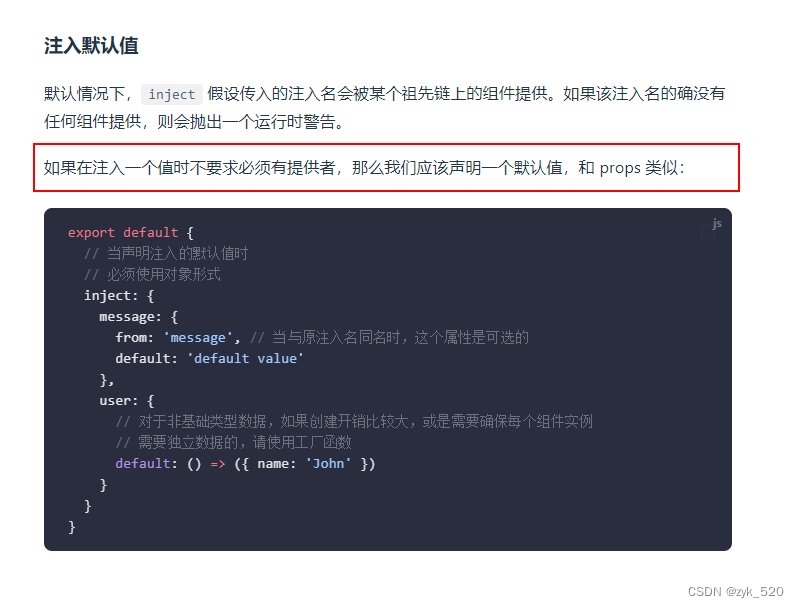


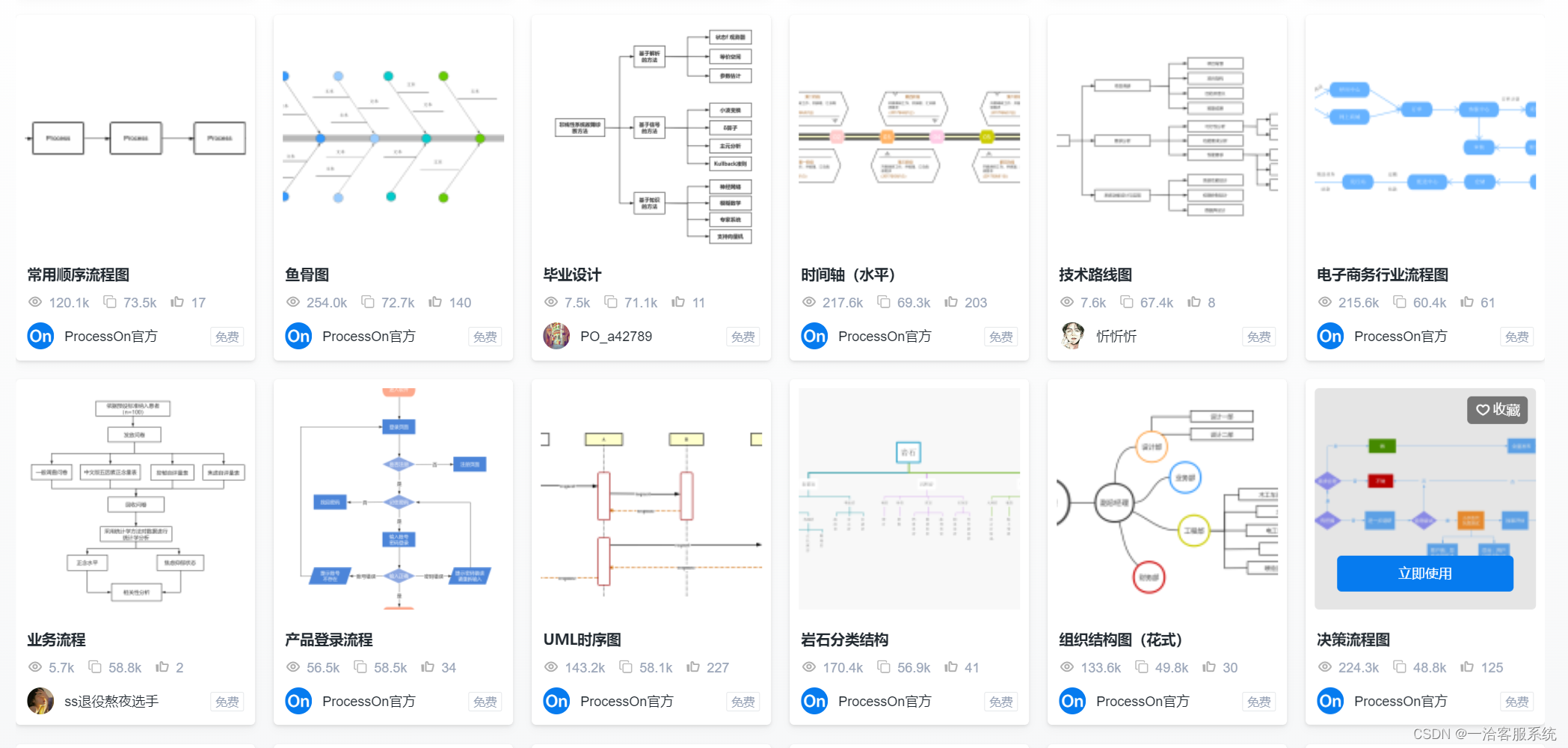
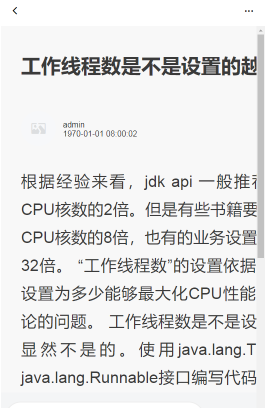




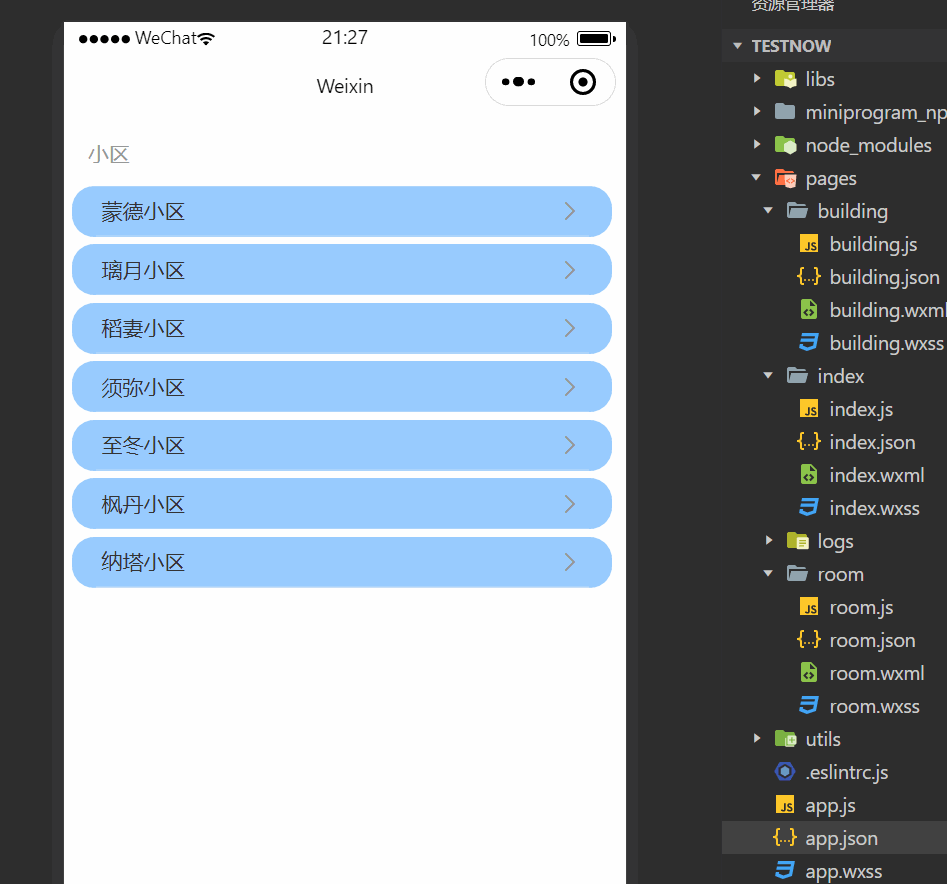


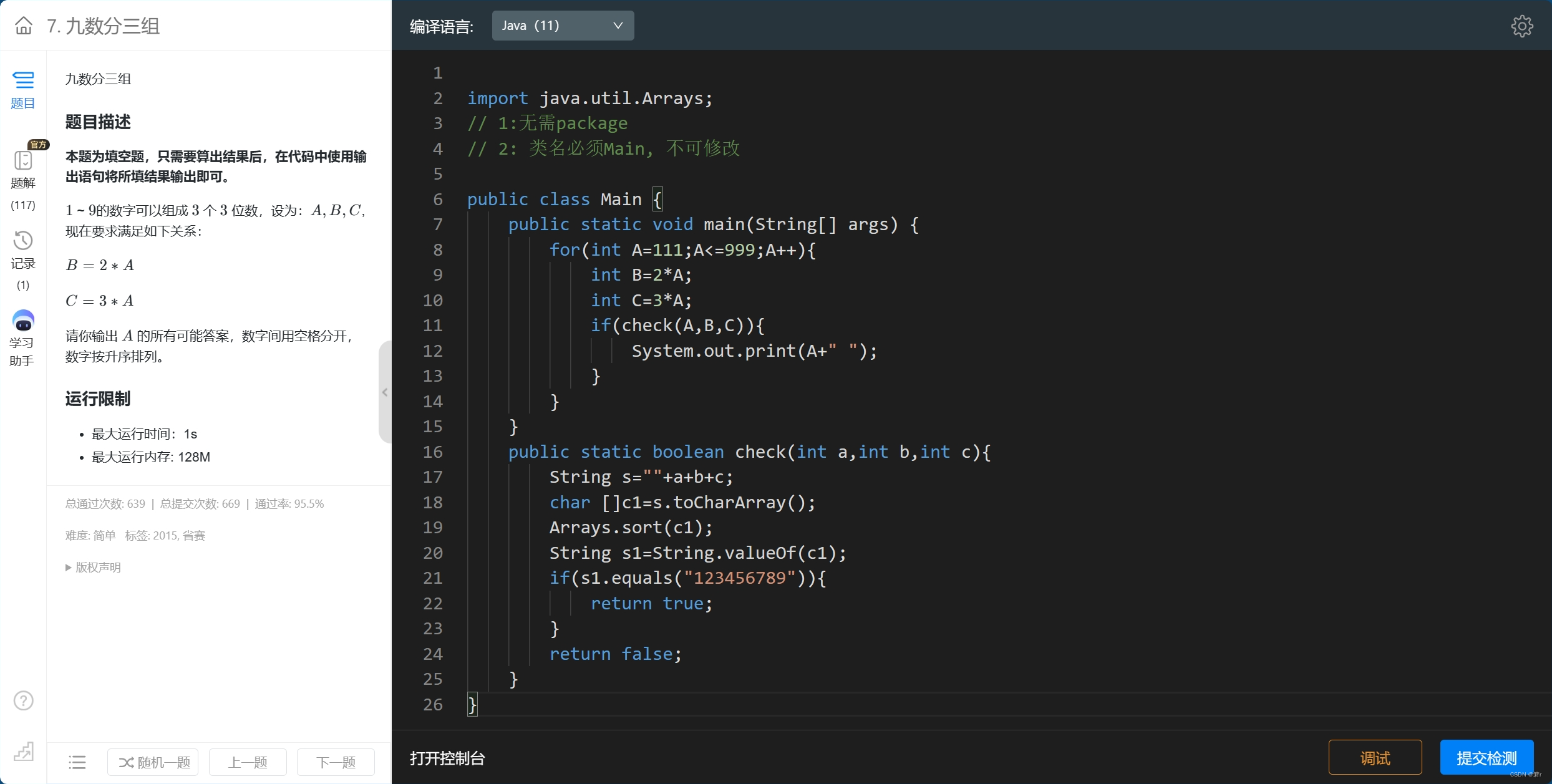

![[Linux][CentOs][Mysql]基于Linux-CentOs7.9系统安装并配置开机自启Mysql-8.0.28数据库](https://img-blog.csdnimg.cn/direct/7a7412d3c5e245fe8abd726b56726d4f.png)
